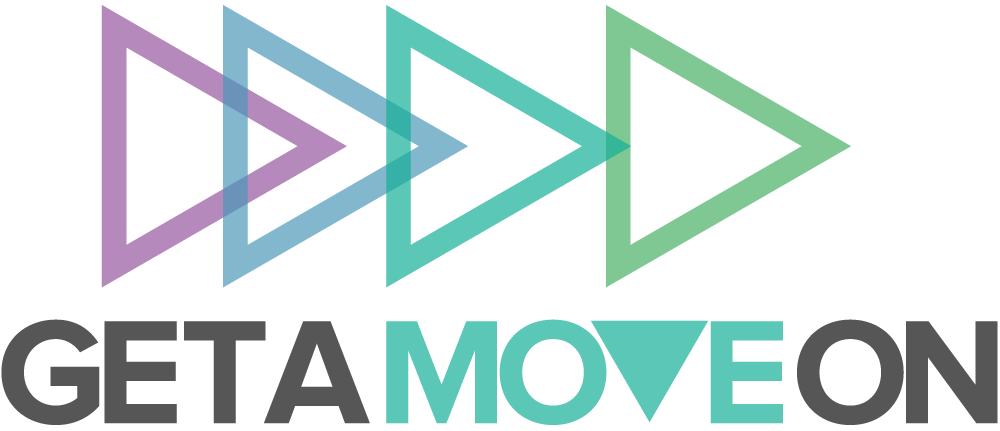May 2017: Inbodied Interaction Course CHI2017
3 basics every HCI researcher needs to know about how bodies work to improve ANY design.
CHI2017 Inbodied Interaction Course
3 basics every HCI researcher needs to know about how bodies work to improve ANY design.
Overview
From Ergonomics to Embodied Interaction, the body is a fundamental locus of interaction in HCI research and design. The body and all its awesome complexity, however, is largely treated as a black box where we focus on designing around the constraints of its input and output. If we crack open the lid of the box, however, to understand, for instance:
• How sleep affects ability to see errors, or
• How stress suppresses creativity or affects recall, or
• How social interaction with movement enhances insight,
we can immediately begin to explore new kinds of design challenges to help us perform better from general to specific contexts:
Imagine the typical scenario of finishing the write up of a CHI paper. If we know something of goings on IN the body, how would we design a tool that identifies sleep and stress patterns to prompt counterintuitive but beneficial increase of social engagement prior to a critical deadline, for instance?
That’s a new kind of question, isn’t it? for potentially new kinds of interactive designs/systems.
The body is highly complex. No kidding. But in this course we explore how, by cracking the lid of the body black box via three accessible heuristics, we can begin to address these new kinds of questions to enable us to innovate better designs for human performance and enhanced quality of life for all.
About the Course
The premise of this course is that by learning more about how our bodies work – or more particularly how the 11 complex systems (shown in sidebars) that make up our bodies from bones to hormones - we will have the knowledge we need to take the leap forward necessary in the efficacy of our designs to make real and measurable differences in the world for human wellbeing and quality of life.
Our goal is to explore how understanding more about our inbodied complexity can help inform design of systems to support our embodied complexity. This focus for HCI researchers to become more self-reliant about the body, to enable us to begin to look inside the body ourselves to see how that informs what we do in terms of designing for interactions with the body is a New Thing.
Some people may say that we do not need to gain this expertise: we can continue to collaborate with doctors or physiologists or whomever who have this expertise. Yes, we can of course, but HCI is an interdisciplinary field, where computer scientists learn about visual perception and cognition, where psychologists learn to code, and sociologists how to design. At the very least, with the approach this course offers, participants will be able to ask better questions and have more informed conversations with those domain experts.
Approach and Outcomes
To come to grips with all the awesome complexity from physiology to endocrinology with some microbiota in between, takes years of study to gain expert knowledge. We have 160 mins. The focus of this course is to give participants a sufficient introduction to the complexity of the body’s interconnected systems that it is both accessible and of immediate and practical use. To this end, the course will present and practice a set of three concepts through which to start to develop better knowledge of the relationship of our inner processes on our outer practices. These concepts are:
• Inbodied interaction
• The in5 map of inbodied interactions
• The binary body: the fundamental inbodied interaction
FInd out more about the course content on the inbodied interaction website.
Course Organization
The approach of the course will be a mix of instruction and practicum across each of the two 80 minute sessions:
- Session One will cover Inbodied Interaction and an introduction to the in5 model.
- Session Two Will go into more detail of in5 in terms of connecting these processes to internal systems. We will also cover the Binary Body evaluation model and practice this assessment.
After instruction in each component, we will have small group practice sessions to develop a new interaction approach demonstrating an application of the concepts just learned.
By the end of the two sessions participants will have practical experience with these three approaches, and potentially both a novel interaction to explore with new collaborators.
Course Instructor
The course is developed and delivered by m.c. schraefel. m.c. is a professor of computer science and human performance at the University of Southampton where she runs the WellthLab [mission: make better normal] . m.c. is also a certified, practicing strength and conditioning coach, nutritionist and functional neurology practitioner and coach.
m.c.’s research and publications in HCI are related to information systems design and health interaction; on the physiological side her research is around active mechanisms to alleviate workplace pain. FInd out more on m.c.’s websites at Southampton University, begin2dig and on youtube. Stay in touch on twitter: follow @mcphoo
Find out more
You can find more detail about the programme on the inbodied interaction website.
Want to take part?
Just sign up for the workshop when you register for CHI2017.







